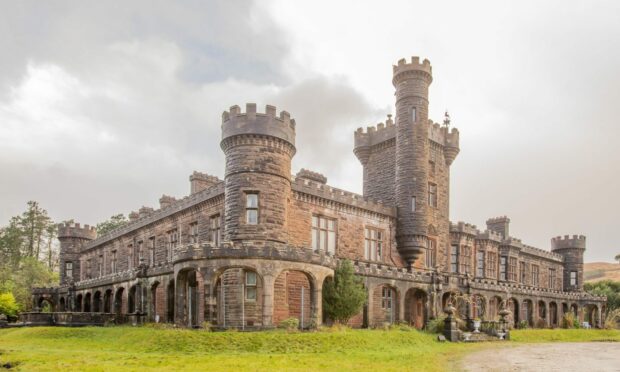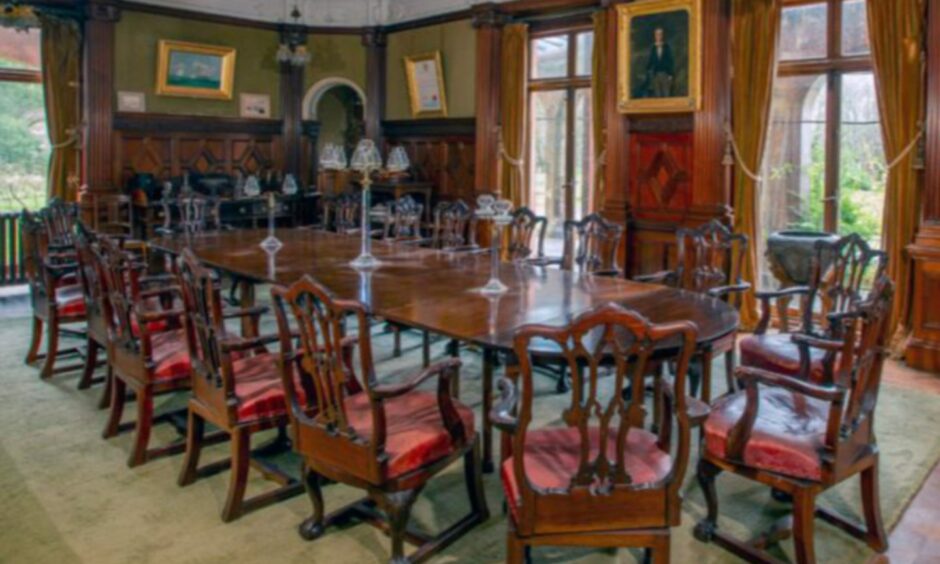Kinloch Castle may have a new owner in businessman Jeremy Hosking as NatureScot announce it is close to selling the historic building.
The agency has maintained the historic castle located on the Isle of Rum since 1957 but is now in advanced discussions with Mr Hosking to take over.
If approved, Kinloch Castle will be put into a charitable trust where it will be maintained and upgraded into a future tourist attraction.
As part of discussions, NatureScot is seeking a solid pledge from the trust that has been set up by British businessman, Jeremy Hosking.
Mr Hosking, worth an estimated £375m, had previously donated £1.7m to the Vote Leave campaign and was in favour of a No-Deal Brexit.
Having supported the Conservative Party, Mr Hosking has went on to donate money to Nigel Farage’s Brexit Party and the Reclaim Party founded by actor Laurence Fox.
Robbie Kernahan, NatureScot’s director of green economy, said: “Kinloch Castle is a fantastic asset, but it isn’t a good fit for NatureScot with our strong focus on protecting and restoring Scotland’s nature.
Sale will build sustainable future for Kinloch Castle
“So we’re delighted that a new sustainable future for Kinloch Castle has been found and that the castle will continue to play an integral role for the community on Rum.”
Community group Kinloch Castle Friends Association have campaigned for the building’s restoration to its former glory.
Professor Ewan MacDonald of the KCFA said: “The whole team at KCFA are delighted to welcome the forthcoming sale of Kinloch Castle to a Trust set up for the purpose.
“For us, this marks the culmination of 26 years of hard work fighting for the restoration of this special building. This will benefit the island, its community, and the Small Isles.”
Kinloch Castle was built in 1897 as a summer residence for Sir George Bullough, a textile tycoon from Lancashire.
It would operate partly as a hostel for visitors to the island until 2015 and as a museum, where pieces will be archived until the building eventually reopens.


Conversation